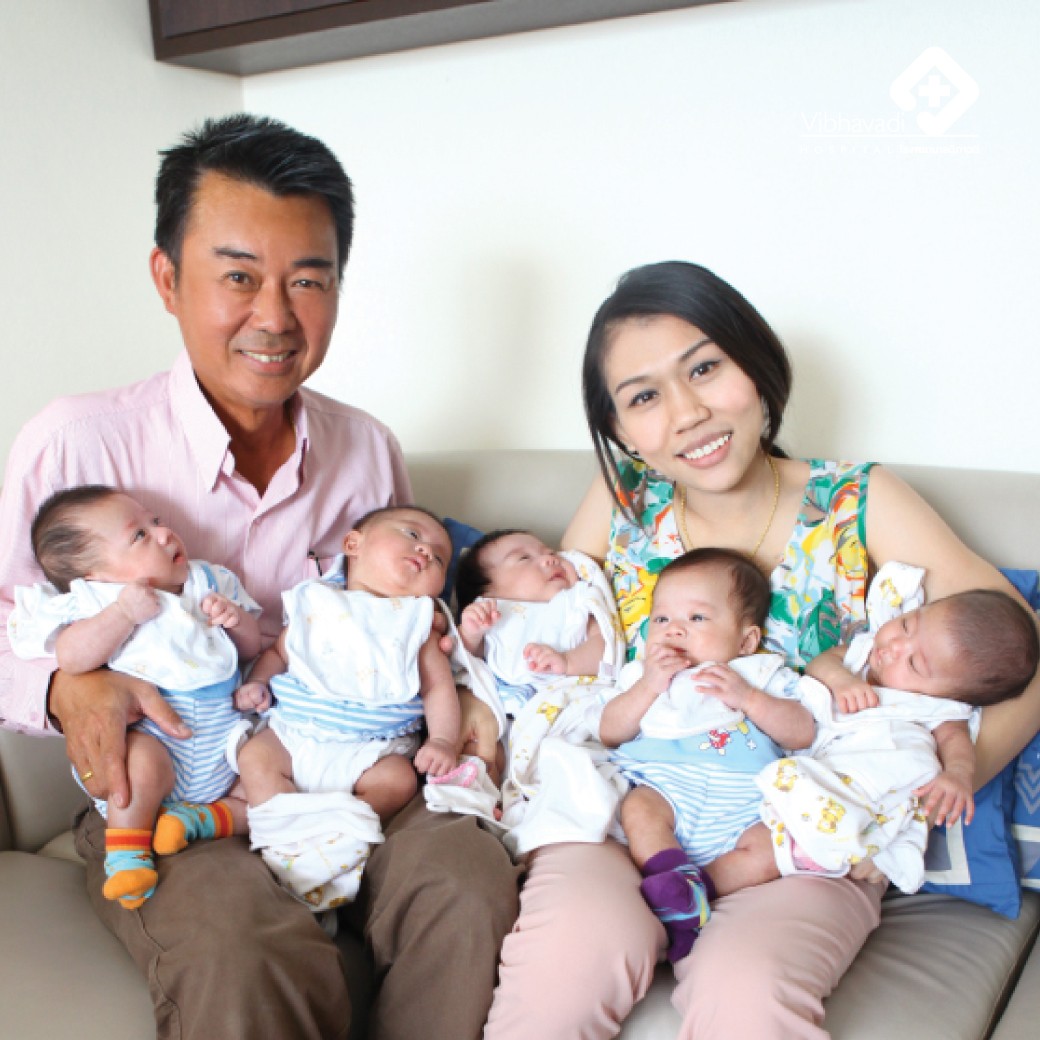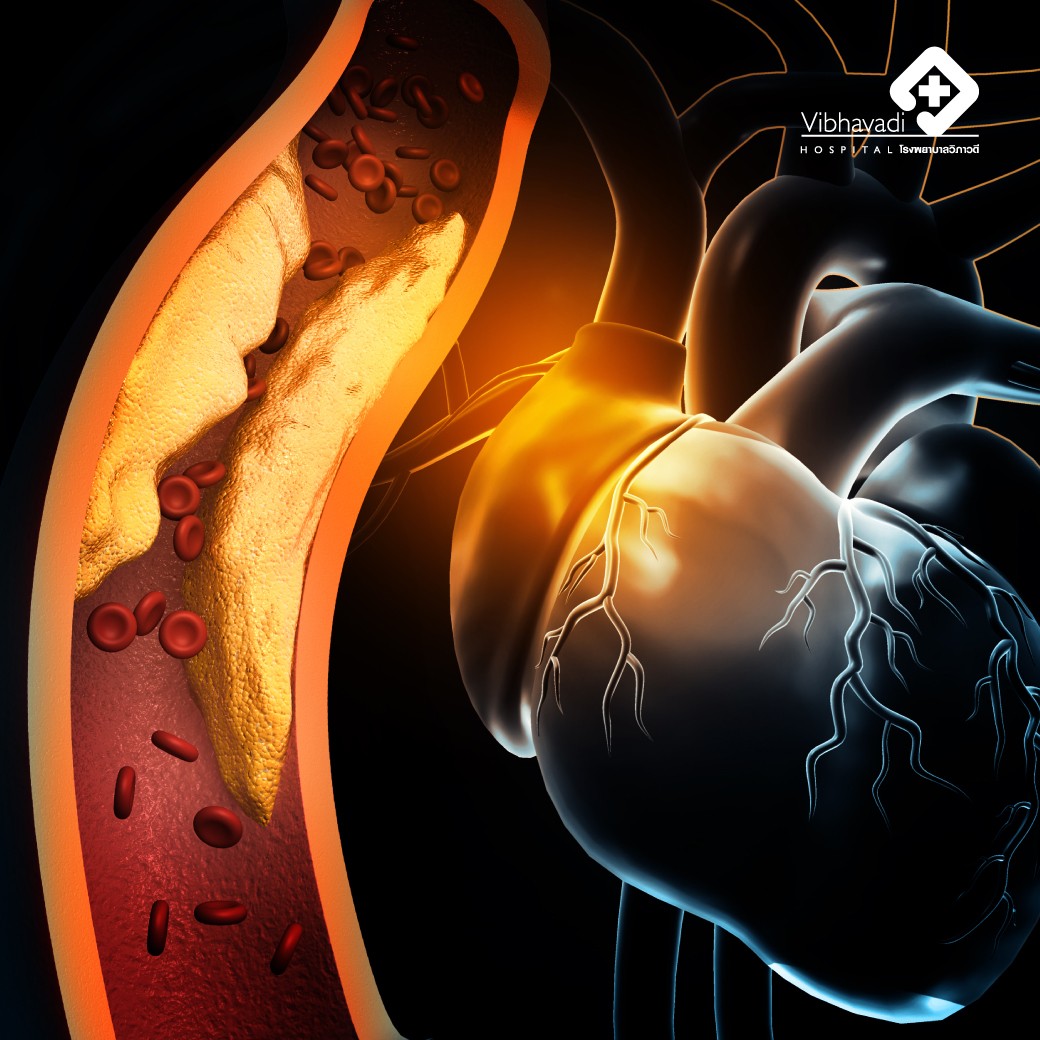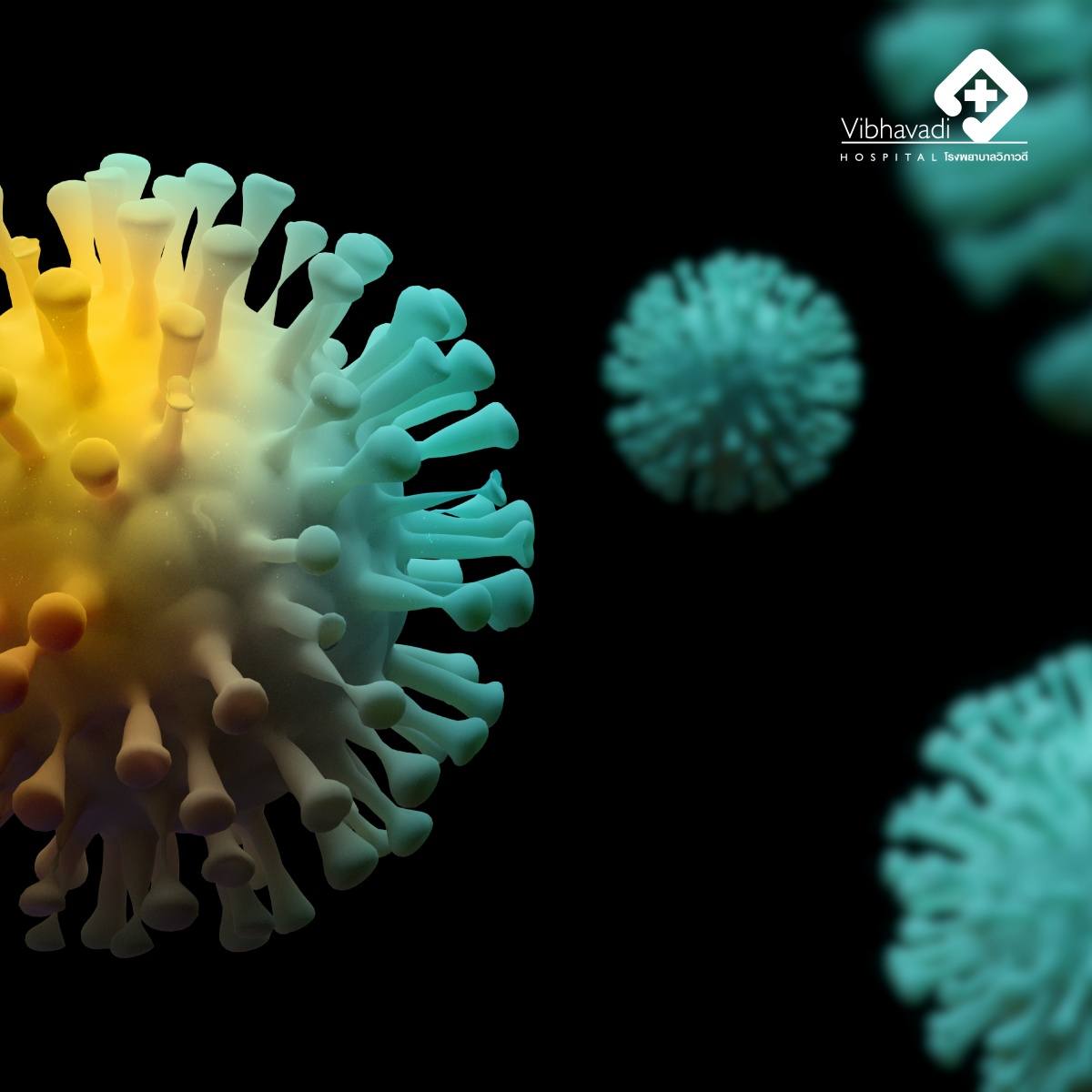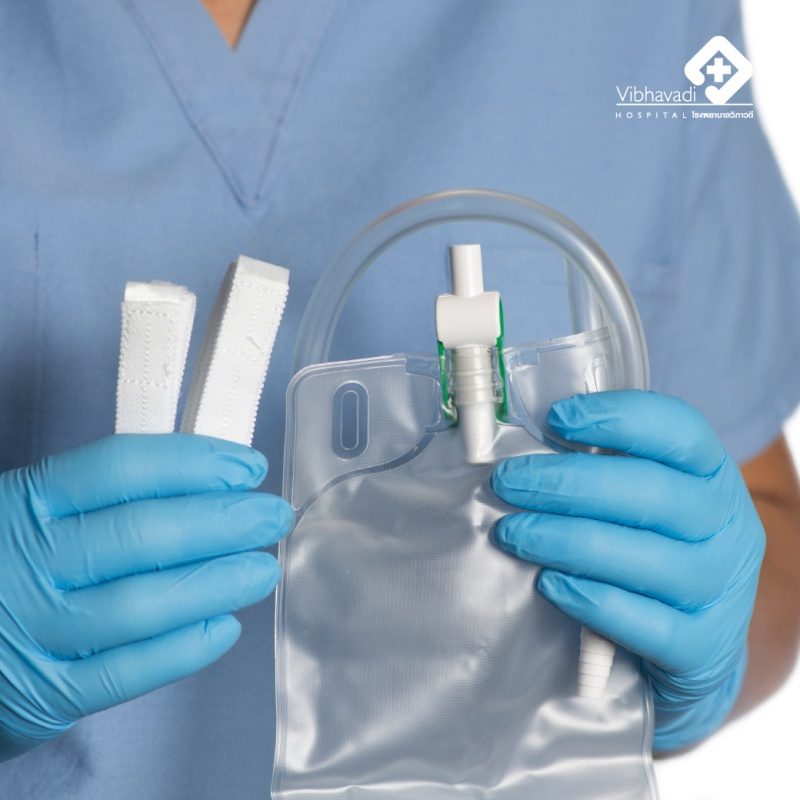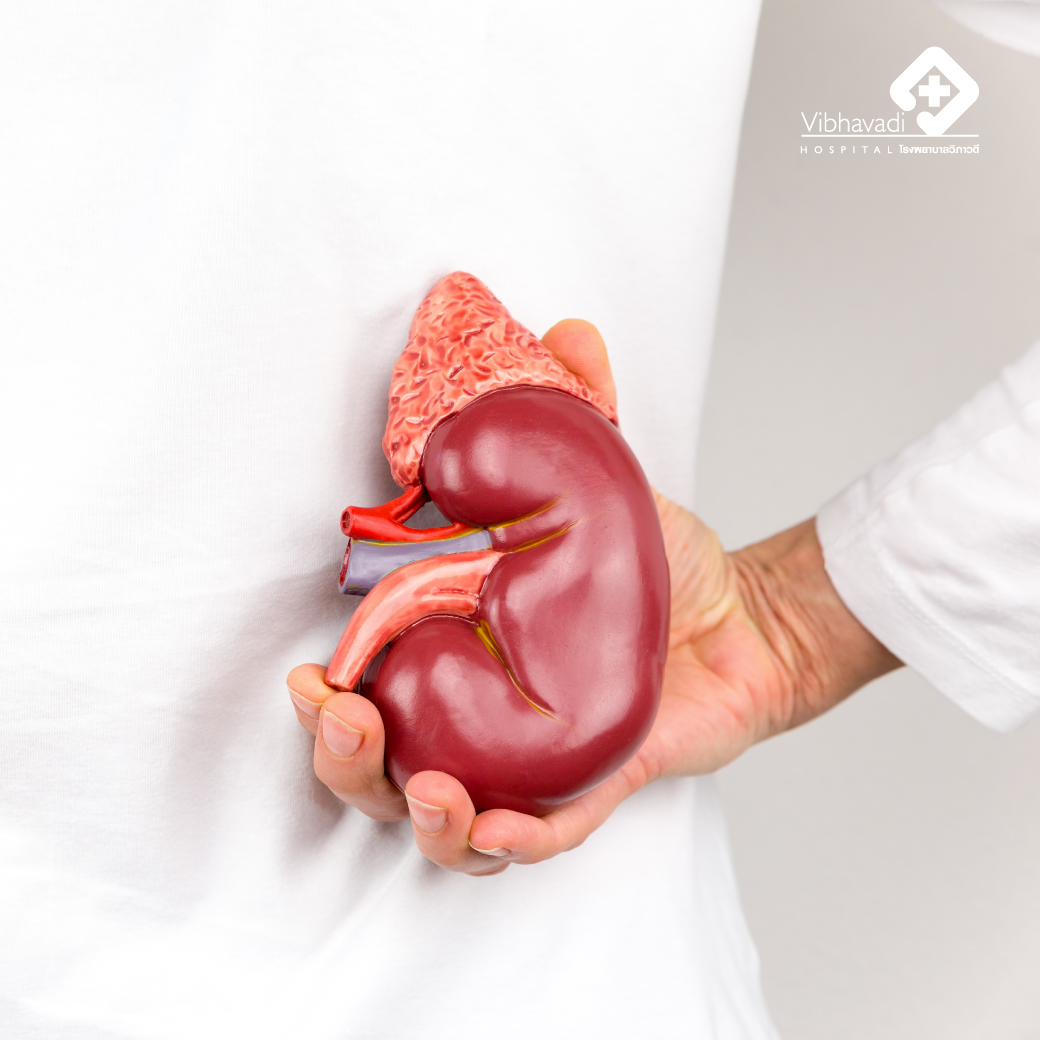What is ICSI (Intracytoplasmic Sperm Injection) and how does it address infertility?
What is ICSI (Intracytoplasmic Sperm Injection) and how does it address infertility?
ICSI (Intracytoplasmic Sperm Injection) is a medical reproductive technology that aids couples who are experiencing difficulties in conceiving a child, providing them with hope and the opportunity to have a child of their own. By undergoing ICSI, the chances of successful conception are higher compared to other methods.
How does ICSI differ from IVF?
The process of ICSI involves a refinement of the in vitro fertilization (IVF) technique, yielding higher success rates. Unlike IVF, where fertilization occurs naturally by combining the woman's eggs with the male's sperm, ICSI involves the direct injection of a single sperm into a single egg using a tiny needle. This significantly increases the chances of successful fertilization and pregnancy.
In cases where ICSI is recommended for couples facing infertility issues:
1. The male partner may have undergone a vasectomy but desires to have a child again. In such cases, the sperm can be surgically retrieved.
2. The male partner may have low sperm quantity or poor sperm quality. In this situation, sperm can be retrieved through testicular aspiration or by using testicular tissue.
3. The female partner may have thick egg shells, making it difficult for the sperm to penetrate naturally during fertilization.
Steps for Performing ICSI:
1. Prior to egg stimulation, it is necessary to assess the readiness of the female body during days 2-3 of the menstrual cycle. This involves conducting an ultrasound examination to determine the number of mature follicles and checking hormone levels to determine suitability for ICSI.
If deemed feasible, the next step is ovarian stimulation to obtain multiple appropriately sized and mature follicles. This is achieved by administering follicle-stimulating medication over a period of 8-12 days.
During the stimulation phase, the growth of the follicles is monitored through ultrasound examinations and hormone level checks every 3-4 days. Once the follicles have reached their full size, hormone medication is administered to ensure final maturation before egg retrieval.
2. Egg retrieval:
After successful follicle stimulation and when the follicles have fully developed, egg retrieval is performed within 35-36 hours through the vaginal canal under ultrasound guidance in an operating room.
Hospitalization is not required, but the female should abstain from food and water for at least 6 hours prior to the procedure. Once the eggs are retrieved, they are transferred to the laboratory for further processing and preparation for the next steps.
3. Sperm collection and selection:
For the male partner, sperm is collected and screened to select the healthy and robust ones. These selected sperm are then combined with the mature eggs in the laboratory. Usually, one sperm is injected into each selected mature egg to facilitate fertilization.
This process is carried out using specialized laboratory equipment and cameras. In cases where the male partner has undergone a vasectomy or has difficulty producing sperm, surgical methods may be employed to retrieve sperm for further fertilization.
4. Embryo culture:
After successful fertilization, the resulting embryos are cultured in a controlled laboratory environment for approximately 3-5 days. This environment is maintained with precise control of temperature, lighting, humidity, pH levels, and gas concentrations to closely mimic the optimal conditions inside the human body.
This culture process aims to nurture the embryos to the blastocyst stage, which occurs on the 5th day and signifies a strong and viable embryo. Subsequently, the developed embryos are carefully transferred into the uterus of the female partner for implantation into the uterine lining.
5. Transferring Embryos into the Uterus:
The process of transferring embryos into the uterus can be done in two ways: fresh transfer or frozen transfer.
In the case of a fresh transfer, once the embryos have been cultured for 3-5 days, the doctor will proceed with transferring the embryos into the uterus immediately after egg retrieval. This method aligns with the egg stimulation process.
As for the frozen transfer, the embryos are transferred after they have been cryopreserved. This allows for an extended period of time to store the embryos (up to 5-10 years). The choice between the two methods depends on the doctor's discretion, considering the hormonal conditions and the state of the woman's uterus. If a direct transfer is deemed suitable based on the condition of the embryos during egg stimulation, it can be done without the need for chromosomal analysis. However, if chromosomal analysis of the embryos is desired before the transfer, the frozen transfer method with embryo cryopreservation is utilized.
6. Follow-up and Monitoring:
After the embryo transfer, approximately 7-10 days later, the doctor will schedule a blood test to measure the pregnancy hormone levels and perform ongoing monitoring. This monitoring continues until the embryo develops sufficiently to be visualized using ultrasound as the pregnancy progresses.
Word count: 814

